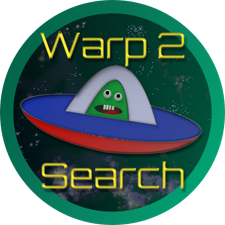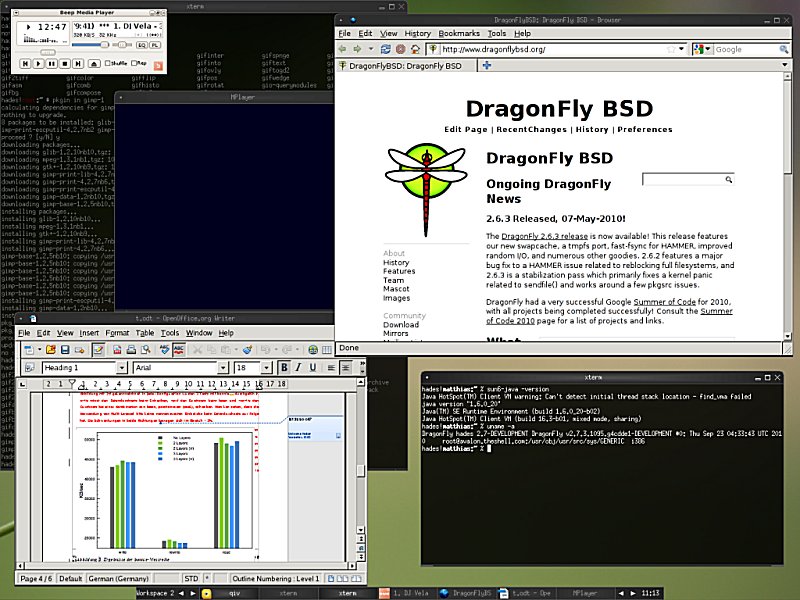Summary:
DragonFly BSD 6.4.2 has been released, continuing its evolution as a unique operating system in the BSD family, distinct from FreeBSD, NetBSD, and OpenBSD. It is founded on UNIX principles and shares code with other BSD systems. One of its standout features is the HAMMER filesystem, which offers high performance, mirroring, and historical access capabilities. DragonFly BSD utilizes virtual kernels for resource management and kernel development, and its SMP (Symmetric Multi-Processing) design focuses on stability and performance by minimizing bottlenecks and lock contention. The kernel has been extensively rewritten to enhance concurrent operations across multiple CPUs. Additionally, DragonFly BSD leverages affordable Solid Storage Devices (SSDs) through a swap cache feature, improving performance for servers and workstations. The storage stack includes robust drivers, a partial Device Mapper implementation, and other useful tools for system administrators, such as a scalable TMPFS and an efficient NTP client.
Extended Content:
The release of DragonFly BSD 6.4.2 marks a significant milestone in its development, inviting users and developers to explore its innovative features. Beyond its core functionalities, DragonFly BSD emphasizes community engagement, encouraging contributions from developers to further enhance its capabilities. The ongoing evolution of the HAMMER filesystem is underlined by ongoing optimizations to improve data integrity and access speeds, making it a vital component for users requiring reliable storage solutions.
Moreover, the virtual kernel feature not only aids in debugging and resource management but also allows for testing new kernel features in a controlled environment without impacting the main system. This flexibility is particularly beneficial for developers looking to push the boundaries of kernel development.
The focus on SMP performance has resulted in a robust architecture that maximizes the potential of modern multi-core processors, making DragonFly BSD an appealing choice for high-performance computing environments. As the demand for scalable and efficient operating systems grows, DragonFly BSD's unique approach to memory and resource management positions it well within modern IT infrastructures.
Furthermore, the introduction of advanced storage features, such as the integration of SSDs and swap caching, reflects an awareness of current hardware trends. This strategic adoption enables users to enhance system performance without significant investment, appealing to both small businesses and larger enterprises seeking cost-effective solutions.
In terms of administration tools, the development of a lightweight mail service and the efficient management of temporary file systems (TMPFS) caters to the needs of system administrators who prioritize performance and simplicity. As DragonFly BSD continues to evolve, its commitment to high-performance computing, stability, and user-friendly features will likely attract a diverse user base, fostering a vibrant community around this innovative operating system
Extended Content:
The release of DragonFly BSD 6.4.2 marks a significant milestone in its development, inviting users and developers to explore its innovative features. Beyond its core functionalities, DragonFly BSD emphasizes community engagement, encouraging contributions from developers to further enhance its capabilities. The ongoing evolution of the HAMMER filesystem is underlined by ongoing optimizations to improve data integrity and access speeds, making it a vital component for users requiring reliable storage solutions.
Moreover, the virtual kernel feature not only aids in debugging and resource management but also allows for testing new kernel features in a controlled environment without impacting the main system. This flexibility is particularly beneficial for developers looking to push the boundaries of kernel development.
The focus on SMP performance has resulted in a robust architecture that maximizes the potential of modern multi-core processors, making DragonFly BSD an appealing choice for high-performance computing environments. As the demand for scalable and efficient operating systems grows, DragonFly BSD's unique approach to memory and resource management positions it well within modern IT infrastructures.
Furthermore, the introduction of advanced storage features, such as the integration of SSDs and swap caching, reflects an awareness of current hardware trends. This strategic adoption enables users to enhance system performance without significant investment, appealing to both small businesses and larger enterprises seeking cost-effective solutions.
In terms of administration tools, the development of a lightweight mail service and the efficient management of temporary file systems (TMPFS) caters to the needs of system administrators who prioritize performance and simplicity. As DragonFly BSD continues to evolve, its commitment to high-performance computing, stability, and user-friendly features will likely attract a diverse user base, fostering a vibrant community around this innovative operating system
DragonFly BSD 6.4.2 released
DragonFly BSD belongs to the same operating system class as other BSD-derived systems and Linux. It is based on UNIX ideals and APIs and shares ancestor code with other BSD operating systems.


